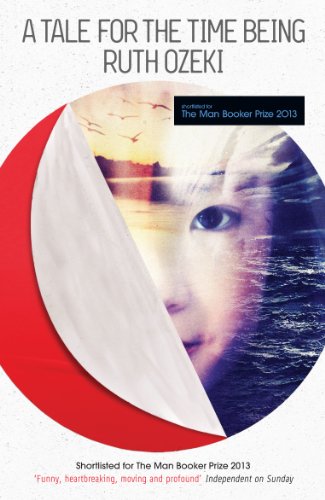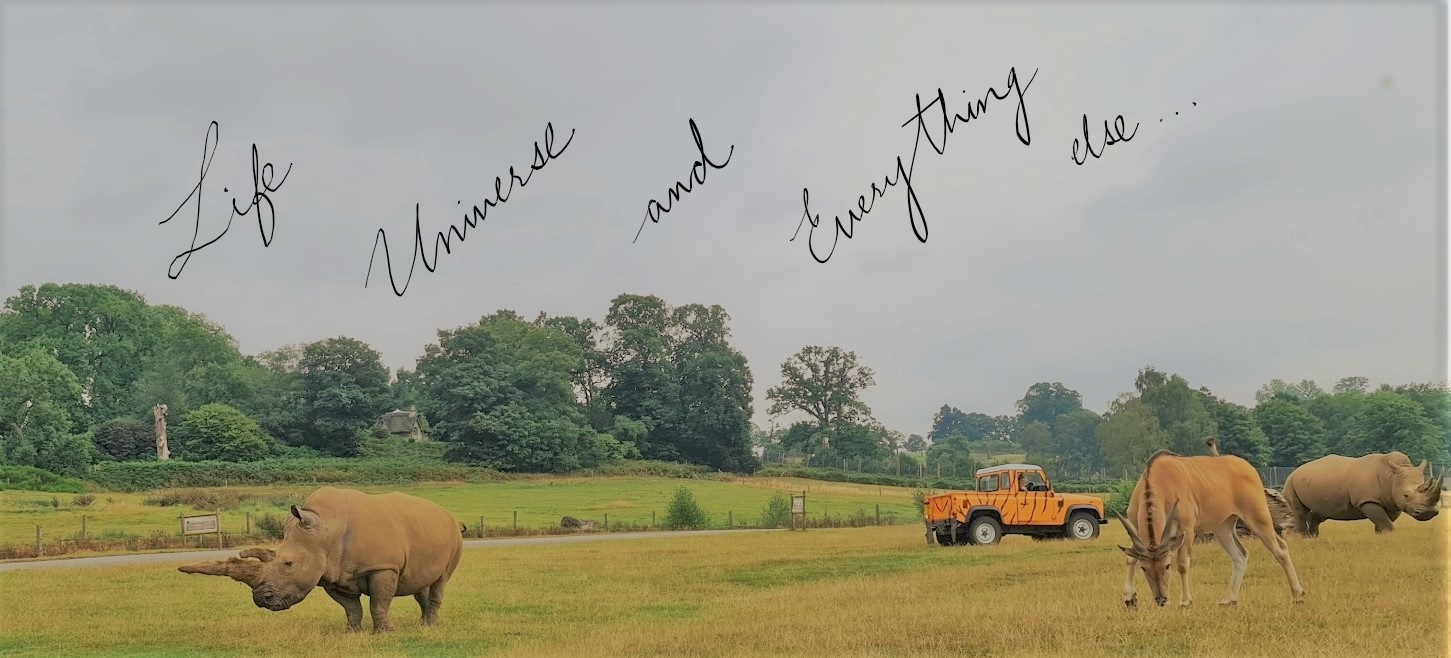Being a Time Being
Up and down is the same. From up, down is up and from down, up is down.

A tale for the time being is the most unique book I've read. Ruth Ozeki takes you on a trip as a reader and she joins you as well. Ruth finds a freezer bag that has washed up to the shore in British Columbia all the way from Japan, which could be from the tsunami debris according to her husband Oliver. In the freezer bag, she finds a few letters in French, a sky soldier watch (a watch for a world war kamakazi soldier) and a French novel that if you open is actually a Japanese diary. It's the diary of Naoko
You remember the time when you were so immersed in reading a fiction novel that you dream about the characters in the story, and wake up feeling it was so real that it leaves you flustered? You know that feeling when the character in your novel seems to be falling into trouble and you really wish you could jump into the book and rescue, even it's by just giving advice or simply talking, or taking a stroll?
Well, so does Ozeki! And she reminds you of it and connects with you in a very intimate way. It's like she knows you, the reader, so well and then she makes you imagine her feelings as yours, her fear as yours just as she dwells into Naoko's fears and problems, just like she knew you would. Sometimes I read Nao chapter and Google some of the things she talks about to see if it's real. In the next chapter, Ruth does the same.
Apart from the story being extremely captivating, it also helps you understand Japanese culture. With Ruth's Japanese ethnicity and Manhattan lifestyle, combined with Nao's Tokyo world and most of her life spent in California, the Japanese culture is explained to the external world. While Nao tries her best to tell you how her entire world has changed from California (where all the kids are always depressed and on pills) to Tokyo high school (with students bullying that foreign student and French-maid cafes where salaried men come) and the Zen lifestyle her great grandmother leads. Wherever there are words or cultural motifs that Nao doesn't realise needs explaining Ruth picks out the Japanese words and phrases and Zen ideas to give you footnotes and occasionally even appendices.
The book is about the journey you take as a reader with your writer, even experiencing a readers block. The ending could have been anything, or nothing at all. And you would not have been disappointed. Yet Ruth comes through with the most amazing ending which could look like an open ending but it isn't. By then you know what Ruth expects you to think and she just leaves a few words unsaid that only you can understand. Like it's written and unwritten just for you. Like how Nao had written it all just for Ruth.


Comments
Post a Comment